Martin: The Immortal Edition
Having firmly established his credentials as a horror director in the groundbreaking 1968 zombie movie Night of the Living Dead, The Crazies and Season of the Witch, George A. Romero made this unorthodox vampire film in 1977 before returning to the sub-genre with which he would be forever associated, with Dawn of the Dead in 1978. The basics of a vampire movie are pretty well known: there must be an attractive, virginal woman who will be at risk from the middle-aged, handsome aristocratic bloodsucker and a vampire hunter, normally van Helsing if you're going by Dracula rules, who is the equal of the vampire. Martin eschews all of these with a teenage vampire who believes himself to be born in 1896, no given female prey and the man who has promised to destroy him is one of his relatives.
The film begins on a train by Martin, a teenager who is convinced he is a vampire, is travelling from Indianapolis to Pittsburgh to meet with his elderly cousin, Cuda, who wants to try and save his soul before killing him. (I guess she bought a one-way ticket then!) On the train, Martin sneaks into one of the many sleeper cabins, prepares a hypodermic needle, razor blade and sedative before lying in wait for the woman to return from the bathroom. Almost as soon as she enters, Martin pounces, drugs her and extracts blood using a razor blade. Arranging the corpse into a 'natural' pose on the bed, he lays out some sleeping pills and other paraphernalia so that when the body is discovered, it will look like a suicide.
Having arrived in Pittsburgh, his elderly cousin, a foreign Catholic who earns his living as a grocer, explains what he's going to do and shows Martin how he has prepared his house to make it 'vampire proof', with strings of garlic hanging from every door and crucifixes everywhere you look. The old man constantly refers to Martin as 'Nosferatu' and tries to force him back using a crucifix but Martin tells him that the superstition are meaningless, before taking a bite out of one of the garlic bulbs, spitting it out onto the bed and grabbing the crucifix, holding it to his body and telling the old man that everything he believes in is nonsense.
Having firmly told Martin that if any reports reach him of someone in Braddock dying at Martin's hands (he is free to hunt elsewhere), he will quickly dispatched him to hell without having his soul saved. Martin is also informed that Cuda's granddaughter, Christina, will be also staying and he is warned that she is completely off-limits for everything, including conversation. Despite this warning, Martin and Christina strike up a friendship as they are both slightly sick of Cuda's Draconian behaviour and they decide to go halves on a telephone line so Christina can talk to friends and Martin can spend hours on the phone to the local radio station where, under the pseudonym 'the Count', he can talk at liberty as what life is like being a real vampire. This is extremely important to Martin as the only person that believes he is a vampire is his cousin and Martin doesn't exactly get along with Cuda so the only person he can talk to is a DJ and the callers who phone in with questions.
Spending his time working for Cuda as a delivery boy, Martin gets to know his way around the neighbourhood and, although he is painfully shy around women, this does not apply to his attacks. With extreme patience, he watches people's houses for the right moment to strike so he can break in when no one is around and his prey is on its own. Even when an attack goes wrong and a woman who he thought was on her own is actually in bed with her lover, Martin seems to be prepared for every eventuality, messing with the telephones and using his almost catlike reflexes to sedate a threat.
There were a spate of revisionist vampire movies in the 1970s (The Velvet Vampire, Rabid, The Omega Man) and Martin is almost undoubtedly the best and one of the finest horror films of the decade. The film sees Romero near his technical best with some stunning cutting, wonderful angles and really intelligent use of Pittsburgh as a backdrop to the story. The city itself is shown as a place of urban decay with homelessness, adultery, alcoholism and drug use as part of the landscape and this social decay works its way into the story.
As he says on the commentary, Martin is Romero's favourite of his own films, yet I'm sure even he would admit that it's not his best work. With a budget of an estimated $80,000, an actor making his film debut in the lead and Tom Savini's special visual effects still in their infancy, it has much going against it, but has an innate charm and ambition that make it a must-see for any fan of Romero's work. Technically, the film is one of Romero's very best as he cuts from one angle to another and from contemporary colour scenes to monochrome flashbacks that may or may not have been in Martin's past. This isn't a film that says definitively whether the protagonist is a vampire or not and it is left up to the viewer to decide for themselves. I will not say what I think and risk swaying your opinion one way or the other, I will only say that John Amplas is an extremely assured screen presence who displays all of Martin's insecurities and strengths equally well and it is a quite astonishing screen debut, albeit in a small low budget movie.
It is fairly clear that this was not a film made with vast amounts of cash yet the three main actors: John Amplas in the title role, Christine Forrest (soon-to-be Mrs George A. Romero) as Christina and Lincoln Maazel, who plays Cuda, all acquit themselves extremely well and there are interesting performances in small roles by Tom Savini and George Romero, who plays a Catholic priest! There are many things that Amplas does extremely well, particularly coming across as extremely withdrawn, introverted and sexually timid but the things that impressed me are just small, little aspects, such as when Cuda looks at Martin over a small crucifix and hisses "Nosferatu" at him. That single line has the potential to be unintentionally funny but Maazel does it with such conviction that it works extremely well.
There have been many vampire movies made since Friedrich Wilhelm Murnau's astonishing Nosferatu in 1922 which has, for my money aged better than just about any other film in the genre and still maintains the power to shock and unnerve, and yet Martin seems as fresh now as it did when I first saw it half a dozen years ago. It is a film I never grow tired of watching and would quite happily have its own permanent rotation, watching it every month or so. Although I prefer other Romero films, especially Dawn of the Dead which is my own personal favourite, I still have a great deal of time for Martin which is probably the most visually complex and cleverly edited of any film he has made.
The Disc
Extra Features
The commentary with George A. Romero, Tom Savini, DoP Michael Gornick and composer Donald Rubinstein, is a typical Romero film yak-track. The contributors all have a great time reminiscing and provide some interesting facts about the making of the film, though you get the feeling that they could spend less time watching the film and more time imparting information. It is a commentary that I enjoy listening to as, once you have already gone through it and taken all the information there is to take, it's like watching a film with a group of friends as they talk about various aspects, laugh about effects, performances and cameo appearances.
The main feature on this release of Martin is the Italian cut of the film, Wampyre. This is really interesting take on the film as it completely removes the talk radio part and moves the killing on the train section from when Martin travels from Pittsburgh to Braddock, rather than on the journey from Indianapolis to Pittsburgh. It is also quite funny to see various cast members dubbed into Italian, particularly Christine Forrest, whose laugh at the dinner table sounds (and looks) quite weird! The only option is the Dolby Digital 5.1 Italian track which has the same synchronisation problems as the English version but, as you will be reading the subtitles, this isn't too big a deal. What is interesting and a major feature of this is the score which has performed by Goblin and the synth rock musical stylings of the Italian outfit gives the film an entirely different feel, slightly more of a Gothic horror one, than Donald Rubinstein's score. Much as I like Goblin's work (especially with Dario Argento), I don't feel that it entirely works with Martin and Rubinstein's more subtle score suits the film better.
Making Martin: a Recounting documentary is shockingly short at just over nine minutes long - it's worth a look but hardly contains the depth of material you would expect on a special edition DVD and was on the previous 2003 Arrow release..
The documentary on George A. Romero is a really welcome addition as I thought that it just about everything there was to see about Romero but this German documentary (running at just under 25 minutes) is far from comprehensive, mostly comprising interview footage with Romero on the set of Dawn of the Dead with an American journalist but dubbed into German and presented here with English subtitles. It goes through his films from Night of the Living Dead to The Crazies, Martin and Dawn of the Dead. Although this isn't the most in-depth or most analytical piece you'll find, it is worth a watch.
Together with the US theatrical trailer and the original TV spot, there are two radio spots which thankfully don't have the strange baritone saying "in a world beset by homelessness, drug addiction and unemployment, the last thing that Braddock needed was a vampire coming to stay!"
The poster stills and gallery show exactly what you would expect. As with previous Arrow Video releases, this comes with a booklet, a reversible sleeve (only with four different covers instead of the usual two) and six art cards so the packaging is a major feature in itself.
The Picture
It is clear that the film should be in 1.37:1 (or a similar ratio) as the widescreen picture is far softer and the edges much less well-defined than in the full frame version. Overall, the image quality isn't great, which is a direct result from the 16mm footage. When the film cuts to monochrome, the contrast levels are excellent, with stark shadows and great separation between the blacks and whites. When it snaps back to colour, some scenes look very good with bright reds for the blood but others are less fortunate with some (if you pardon the pun) colour bleeding.
The Sound
Both the Dolby Digital Stereo 2.0 and the Dolby Digital 5.1 soundtracks are perfectly clear, but the 5.1 mix is largely extraneous, given the front-loaded nature of the soundtrack. If you watch it with the 5.1, you will find that the dialogue gets a little muddy at times and that there is very little point of the surround option. The stereo presents the dialogue very well, keeping it as sharp as it can be given the age of the film and the quality of the negative (16mm). There is a problem with the 4:3 version where the sound is not properly synchronised with the picture and there can be up to 15 seconds difference between the dialogue and the lips moving
One of the film's best features is the great score by Donald Rubinstein which really drives the film on, heightens the emotions and increases the suspense and horror during some of the most intense scenes. It is a fine piece of music that seems to be more of a feature every time I watched the film.
Final Thoughts
Martin is a fascinating film and a really interesting take on the vampire mythos. The performances, from a largely inexperienced cast, are very good and although Tom Savini's SFX make-up work was very much in its infancy and a long way from what you see on Day of the Dead, it is still reasonably good and the final scene still works. It is George a Romero's favourite film based entirely on the pleasant working experience he had and you can tell that it was a good shoot as it is a very tight film that is a great watch.
This is a big improvement on arrow films' 2003 release of Martin because of the full frame option and the addition of the Italian cut. For something that is this well packaged and for a film this good, it is seriously worth considering a double-dip. If you don't already own this on DVD, this release is is very close to a 'must buy'.
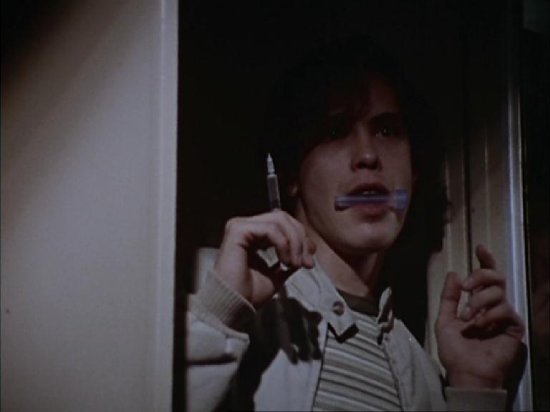
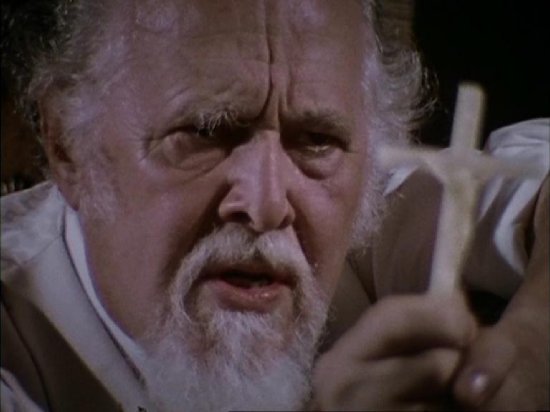
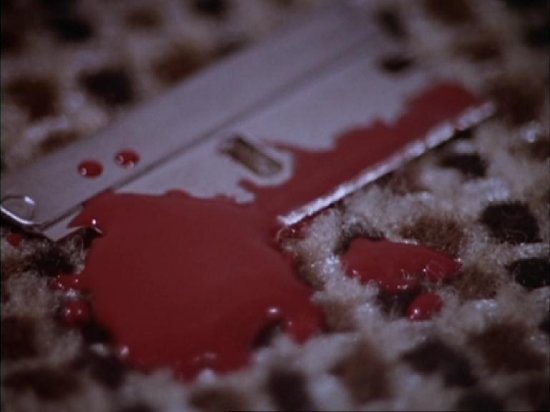
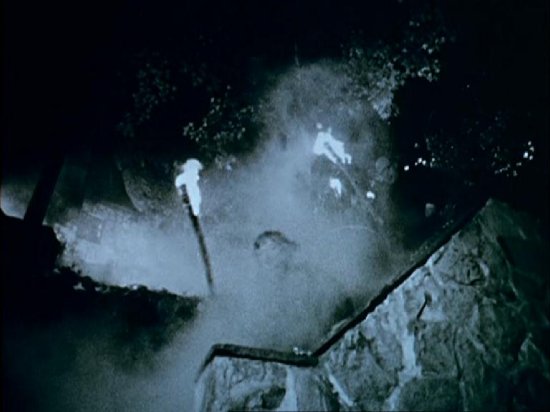
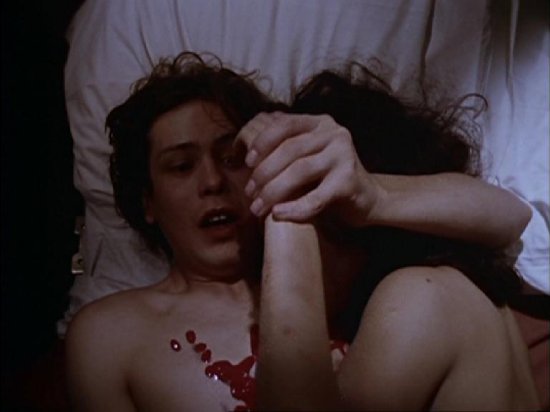
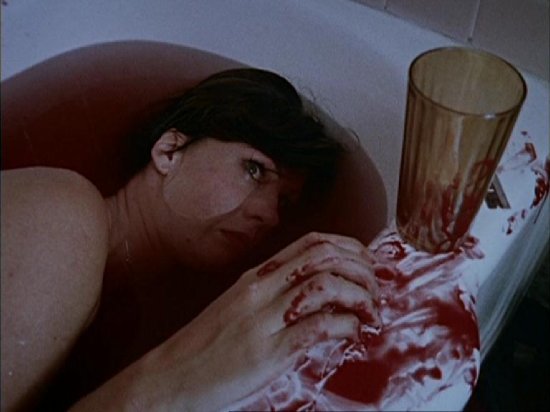
Your Opinions and Comments
Quote:
Due to the unforeseen actions of several gremlins in the works, Arrow Video regrettably has had to postpone the DVD release of George A. Romero's classic vampire movie MARTIN by one week, from 21st June to 28th June 2010. A slight technical error during production has resulted in the audio and the video of the 4:3 presentation of the film to fall slightly out of sync, a problem which is currently being rectified. So, apologies to all those inconvenienced by the delay, but Arrow Video would rather viewers were able to get their hands on the best possible version of the film even if it means waiting an extra week to do so.
At least the release date has only been put back only a week as it's a fantastic package of a brilliant and severely underrated film.